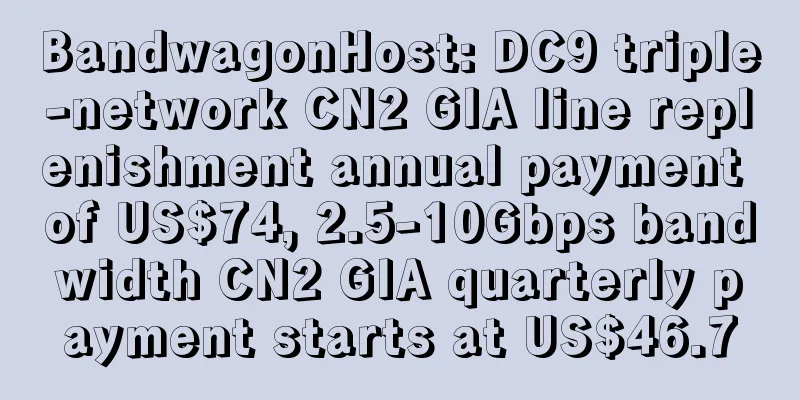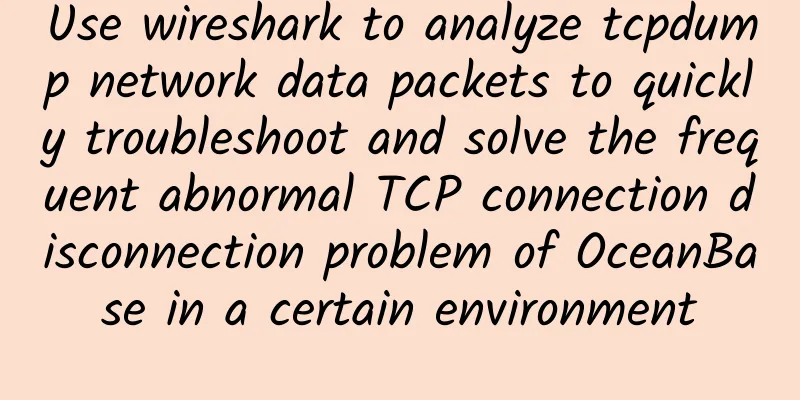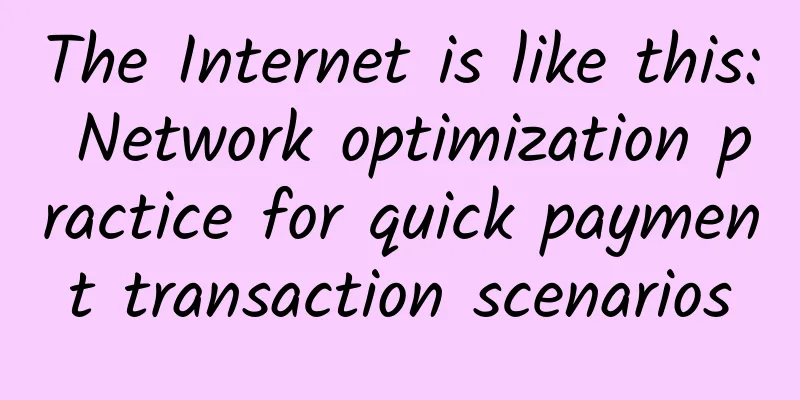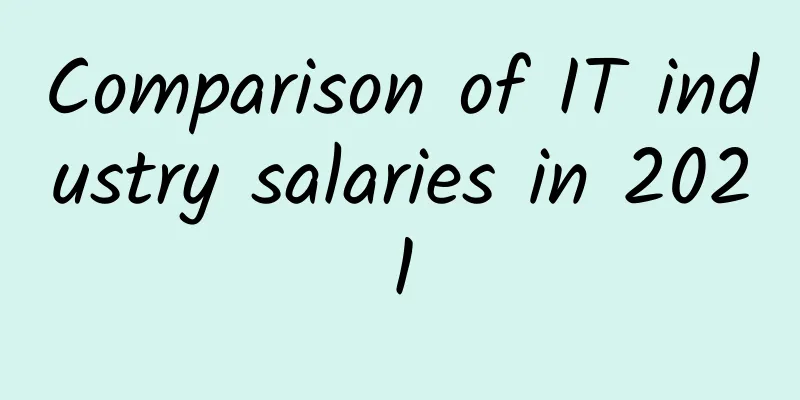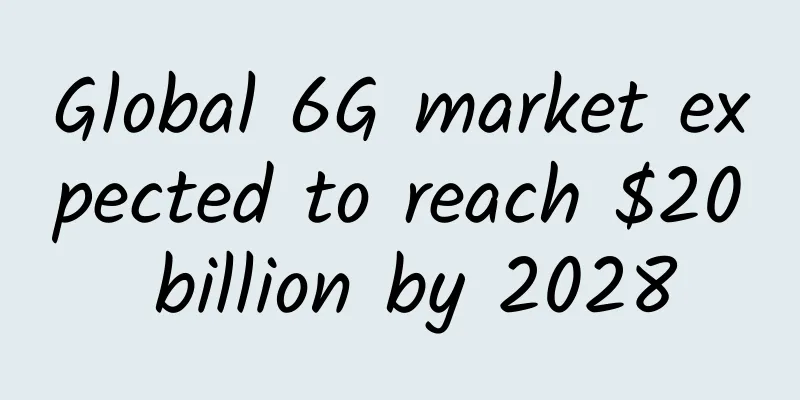IDC survey: Only 9% of enterprises plan to use 5G for IoT deployment
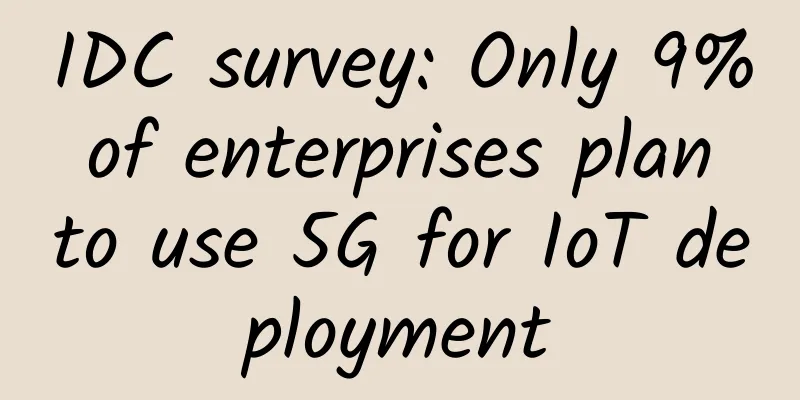
|
5G promises to be ten times faster than existing LTE networks and could enable IoT systems to share data faster than ever before. However, a new IDC survey shows that IoT stakeholders are skeptical about 5G's real-world potential. Organizations are also concerned about managing IoT-related spending and whether there are enough development tools and APIs to accommodate these initiatives. According to the report “Simplifying Connectivity Management for Success in Cellular IoT,” authored by Stacy Crook, research director for IoT at IDC, as many as 75% of IoT devices with cellular connectivity today are not mobile.
5G, touted as the next generation of cellular technology, is the latest in a series of wireless communication systems used since the 1980s and the driving force behind this expansion. 5G is completely data-centric and developed for a highly integrated society, offering higher speeds and more reliable connections. Sensors and other devices connect to the internet via cellular IoT, which leverages the same cellular services as smartphones. Ericsson said the total number of cellular IoT connections will grow at a compound annual growth rate of 23%, from 1.6 billion in 2020 to 5.4 billion in 2026. It takes a lot of effort to roll out and scale cellular-connected devices globally, and some manufacturers don’t fully understand how to traverse the cellular networks because multiple network providers operate under different IT systems around the world. For any device, it must have seamless integration. According to Crook, 79% of organizations intend to use 4G for cellular IoT installations, and only 9% plan to use 5G. Here are some of the opinions expressed by respondents on 5G services:
Survey InsightsThere is no doubt that the advent of IoT devices has pushed us into uncharted territory. On the other hand, using a single software platform, a single control panel, and a single set of integrated tools will reduce technical and business challenges, enabling seamless connectivity, which is critical to product success. However, according to information collected by IDC, the main obstacles to the growth of the IoT industry are:
Another issue with mobile IoT projects is cost, with 65% of businesses having to pay for data overspending and waste. Managing numerous mobile operators, and the complexity of the associated bills, is a significant issue. When determining total cost of ownership, Crook advises organizations dealing with IoT cellular devices to consider scalability, ensure global visibility and control, and factor in logistics operations related to data charges, connectivity, time to market and installation testing activities. Here are the three most important use cases the research found across all verticals:
Enterprises manage a large number of IoT devices. The average deployment size is 1,700 people. In large enterprises, this number is 6,300. |
>>: Six ways to use fusion positioning technology in one article
Recommend
What is structured cabling? What are the benefits of structured cabling?
In the world of cabling, the term structured cabl...
22 pictures to explain OSPF: the most commonly used dynamic routing protocol
Hello everyone, I am Xiao Fu. RIP Defects When ta...
80VPS: Japan/Hong Kong CN2 server 420 yuan for the first month (600 yuan for renewal), E5/16G/1TB/20M bandwidth
A few days ago, the blog just shared information ...
Post-700MHz Era: New Game Plan for 5G Competition
[[383093]] After more than eight months of negoti...
Active-active data centers are key to high-availability application resiliency
Enterprises that rely on high-availability applic...
Sharktech: 1Gbps unlimited traffic high-security server starting at $59/month, Los Angeles data center
I saw a friend looking for a 1Gbps unlimited traf...
China's 5G mobile phone shipments reached 266 million in 2021, and the number of 5G terminal users is approaching 500 million
On January 14, the China Academy of Information a...
The revenue and profits of the three major operators have skyrocketed. Will the income of employees also increase at the same time? What does it have to do with the employees?
Recently, the three major operators have released...
5G commercial use please wait for low-consumption users
In recent days, major operators' apps have pl...
5G Wireless: Market Opportunities and Technical Challenges from Sub-6 GHz to Millimeter Wave
For Massive MIMO systems, 4th Generation GaN tech...
spinservers Mid-Autumn Festival Promotion: 1Gbps unlimited traffic server $179/month - dual E5-2630Lv3/64GB/1.6T SSD/San Jose data center
The Mid-Autumn Festival is coming soon. Spinserve...
Summary information: edgeNAT/CoolCloud/51Cloud/Yunmi Technology/TianshengCloud/PigYun
During the Christmas and New Year holidays, we ha...
8 trends in infrastructure development in 2018
Cloud computing is gradually gaining favor among ...
AvenaCloud: €11.5/year - 1GB/10GB SSD/100M unlimited traffic/Moldova complaint-resistant VPS
AvenaCloud is a Moldovan hosting company establis...
Exclusive for newcomers of Hengchuang Technology: Hong Kong cloud server is 28 yuan for the first month/220 yuan for the first year, and the monthly payment of Hong Kong server is 900 yuan
Domestic cloud service providers such as Alibaba ...
![[Christmas] DMIT: $100/year-2GB/40G SSD/2TB@2Gbps/Los Angeles CN2 GIA](/upload/images/67cabc83f1720.webp)
